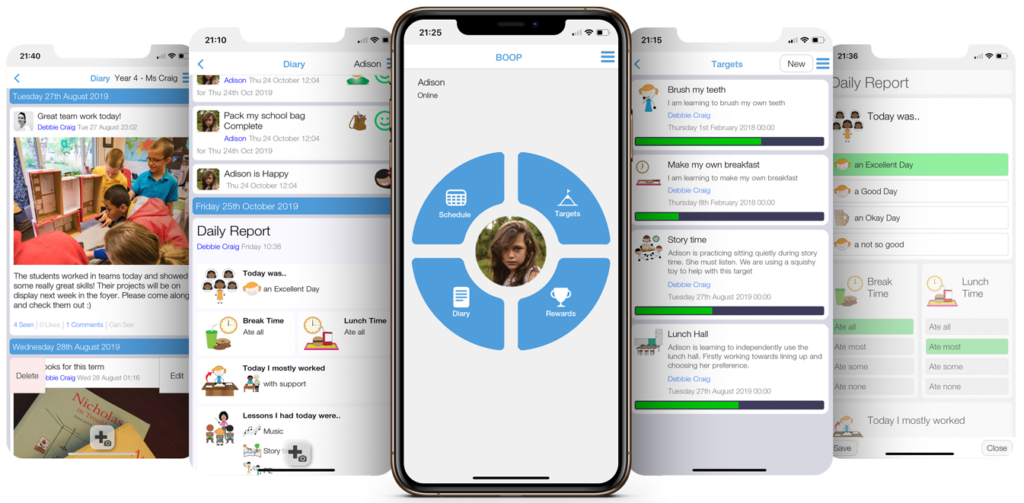
Teachers and SENCOs have been working in a uniquely challenging environment during the pandemic to educate children with SEND. They have tried to support learning needs from a distance. But there have been limited opportunities for interaction, individual attention, and one-to-one support.
A recent report from the Education Endowment Foundation[1] drew many stark conclusions about the widening of the gap between disadvantaged KS1 youngsters and their peers resulting from school closures during the pandemic.
This report, alongside that from the Sutton Trust[2], does not specifically measure the impact on children with SEND. But many point to the National SENCO Workforce Survey 2020[3] and the Ofsted[4] ‘Remote Education’ research based on YouGov survey data which do.
A role for technology?
While technology has been used to provide some sort of educational continuity, it has not been an unqualified success. It is not a panacea for all SEND children. Some Special School leaders in the YouGov survey said pupils with complex sensory needs, who find it difficult to engage with a screen, need resources that are ‘tangible’ rather than ‘digital’.
Bath Spa/Nasen revealed issues with provision and differentiation as teaching moved online in response to the first national lockdown. 72 per cent of respondents stated their school experienced challenges with providing virtual support for SEN children. 80 per cent found it difficult to provide differentiated learning online.
Ofsted/YouGov found 59 per cent of parents of pupils with SEND, compared to 39 per cent without, said their child had disengaged from learning.